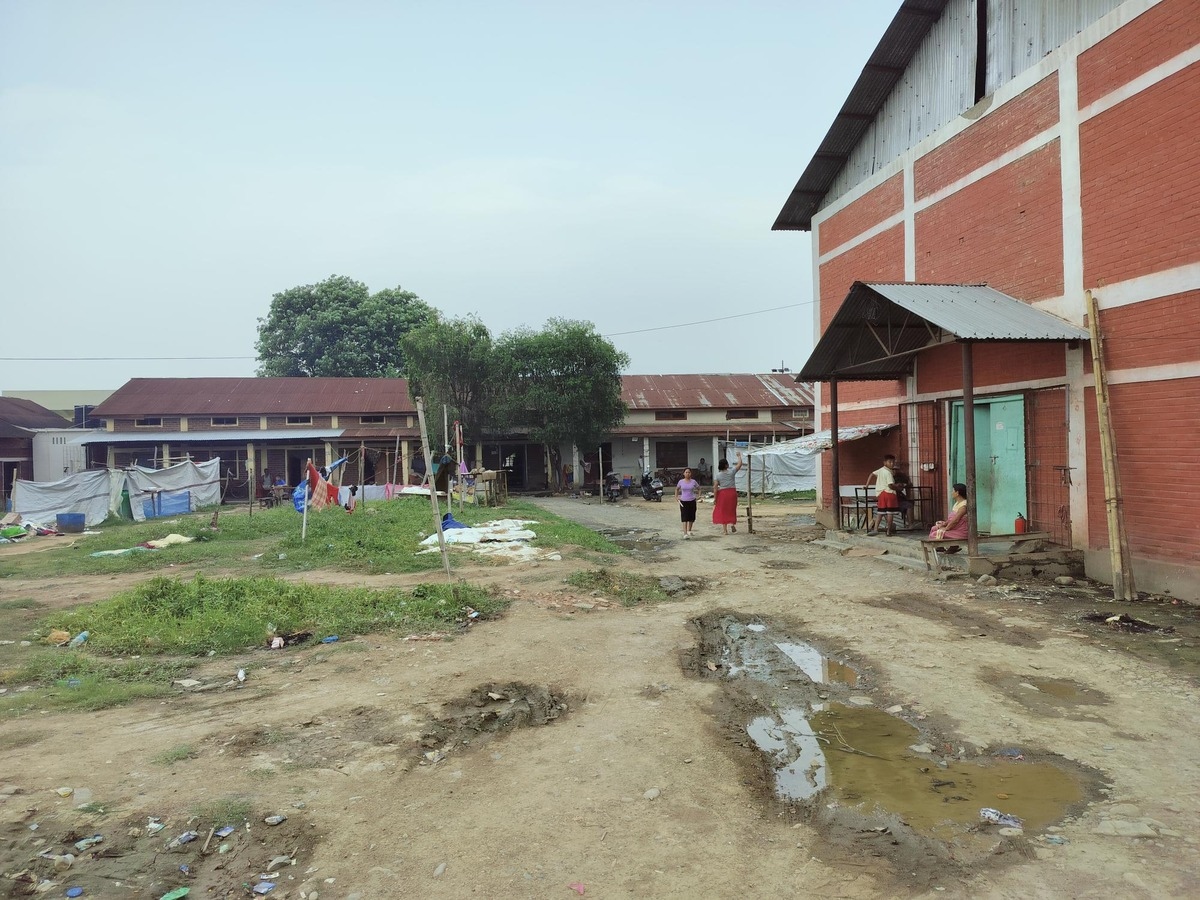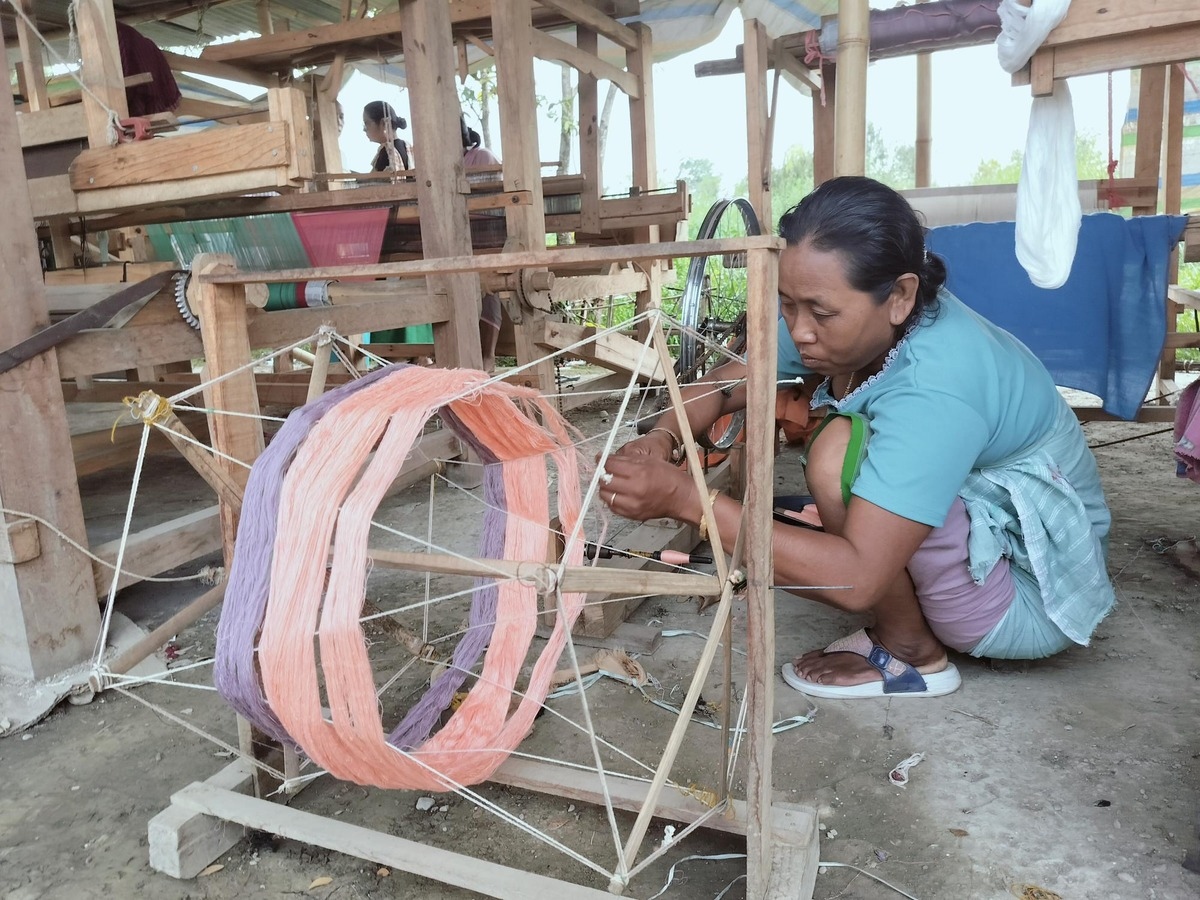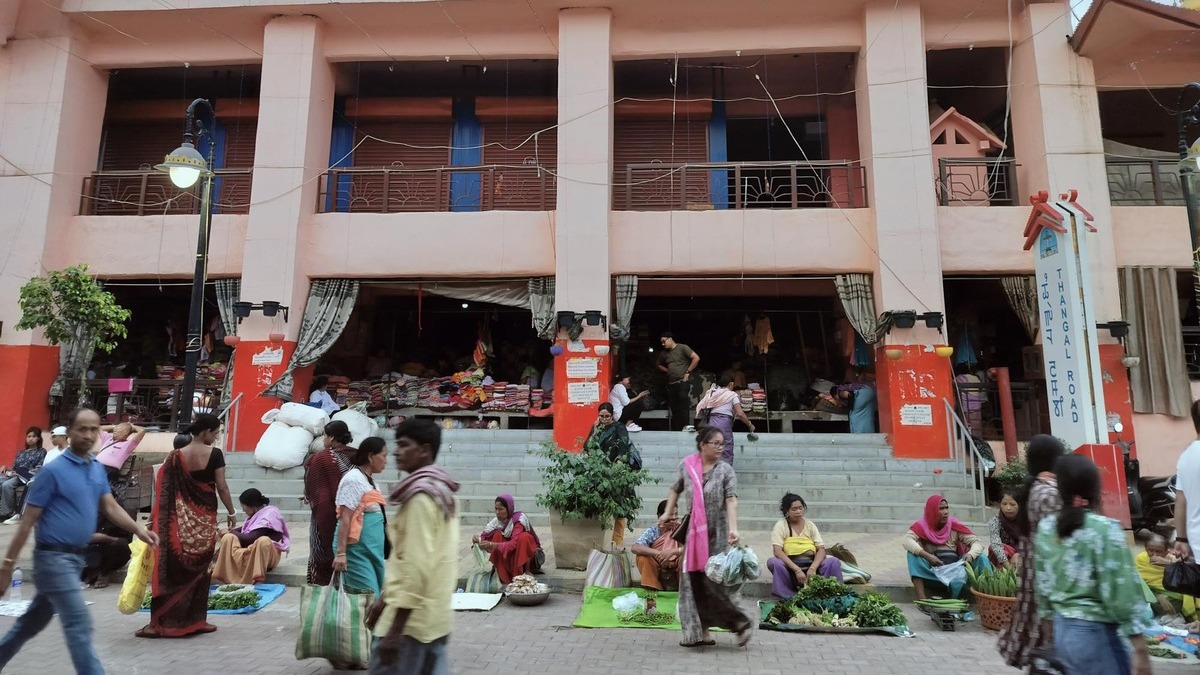The past year in Manipur drew a deep divide between its people, once united under a single flag. Gunfire, arson, and unspeakable acts against women and children have marred the memory of Manipur's recent history. A year has passed, but the scars remain—let's uncover the current landscape of this Northeastern state in our in-depth ground report.
The streets of Imphal now bustle more than before, with schools, hospitals, stores, and institutions running smoothly. The curfews that once cloaked the city by 5 PM are no more; it seems that the daily grind has helped the people of Imphal move past the trauma of the last tumultuous year.
Ranjit Kumar reflects on a time when gunfire and curfews were commonplace. Today, though the situation is generally better, regions like Jiribam are witnessing a resurgence of violence. Post-election tranquility has given way to renewed conflicts in some areas, suggesting the peace was but temporary.
Forced to Flee Homes and Land
Nearly 3.7 million residents of Manipur have faced unprecedented events this past year, shaking the very foundation of their community. On May 3, 2022, a court's decision sparked a conflict between two communities living in the valley and hills of Manipur—a conflict with no end in sight. The Meitei-dominated valleys and the Kuki tribal areas in the hills now stand divided by an unspoken chasm. Violence has forced the Kuki tribal population to leave their lands in the Hindu Meitei-majority areas, while Hindus have fled the Kuki-dominated regions to seek refuge in the Imphal Valley or move to other states, including Delhi.

Source: aajtak
'Tears Fill My Eyes When I Think of Home'
The government and social institutions in Manipur are running relief camps where life merely passes by. With sparse amenities, children, women, and the elderly shoulder the burden of difficult circumstances. Pari, among many children, has been living in these camps with his family for a year. His family once resided in the town of Moreh, near the Myanmar border. The violence, which began on May 3, reached Moreh by May 10, forcing hundreds of Meitei Hindu families to flee towards Imphal. Loss of a home, playgrounds, schools, and friends has brought tears to Pari's eyes, but life goes on as he finds new friendships amidst the dire conditions, much like the football that moves from corner to corner, symbolic of the uncertain future these children face.
Deplorable Conditions in Relief Camps
Women living in cramped quarters of the relief camp focus on their children's education despite their challenging circumstances. Meitei community members from regions like Moreh and Churachandpur, now staying in relief camps, are unsure of their return home. While they receive basic meals, opportunities for employment and dignity are scarce.
Fate Entangled like Handloom Threads
Some women, skilled artisans, are weaving hope on donated handlooms. Their lives interweave like the threads, tirelessly working hours in stifling heat, to earn a meager return. After two days of toil, they often earn only $1.50, a small profit for their hard work.

Source: aajtak
Community Ties Unraveling
Somendra, who fled Moreh with his family, reminisces about the decades of brotherhood between the Kukis and the Meiteis that seem irreparable now. The government's peace efforts fall short as neither the state nor the central authority has successfully quelled the violence.
Water Contamination and Health Hazards in Camps
In the relief camps, cooking is done on large hearths surrounded by polluted water. Recent floods have further deteriorated the already grim conditions. Safe drinking water is scarce, and water collected from a small pond for cooking and bathing teems with insects.

Source: aajtak
A Day's Hard Work Yields Only $0.70
Women have set up small vegetable stalls within the confines of the camp, providing a slightly better diet for their children than the relief camp rations. Devika, who lives in a tiny 8x8 room with her son, has been provided with candle-making materials by relatives, offering her a means of income. Each day, after crafting a dozen candles, she earns about $0.70—a small price for self-sufficiency.

Source: aajtak
Empowerment through Education
Baby, a teacher among the Meitei families, narrowly escaped the turmoil and now dedicates herself to educating the camp's children to preserve their futures. In regions like Thoubal, where the valley meets the hills, the air of calm is a stark contrast to the past's chaos. Farmers are back in the fields, cropping cycles have resumed, and traditional songs are heard once more—signs of resilience and a longing for lasting peace.




